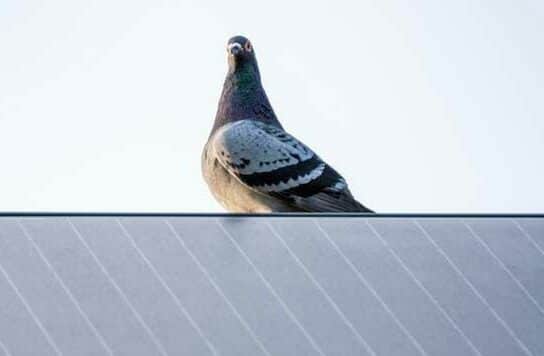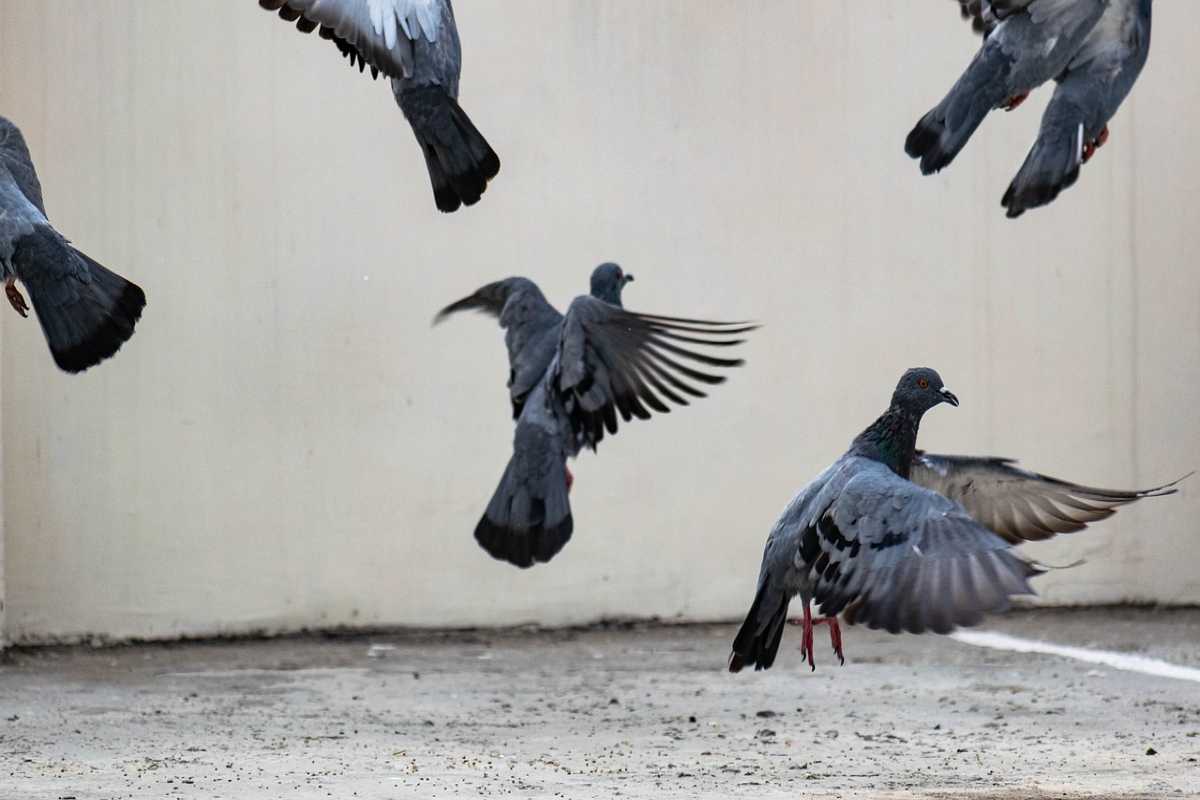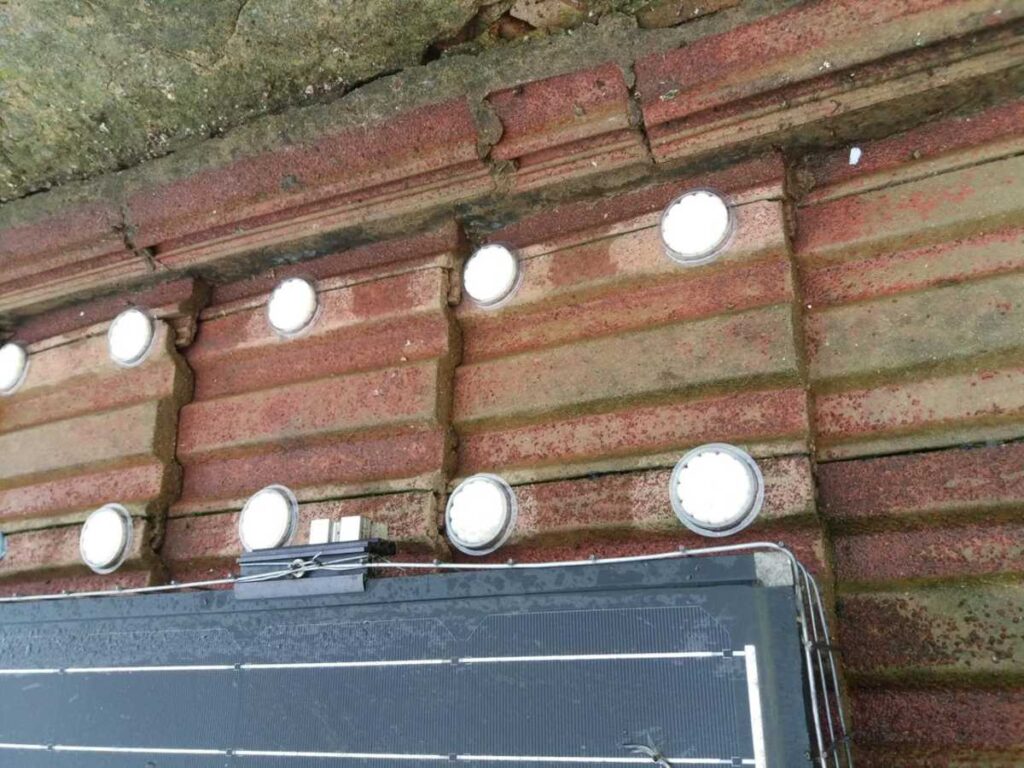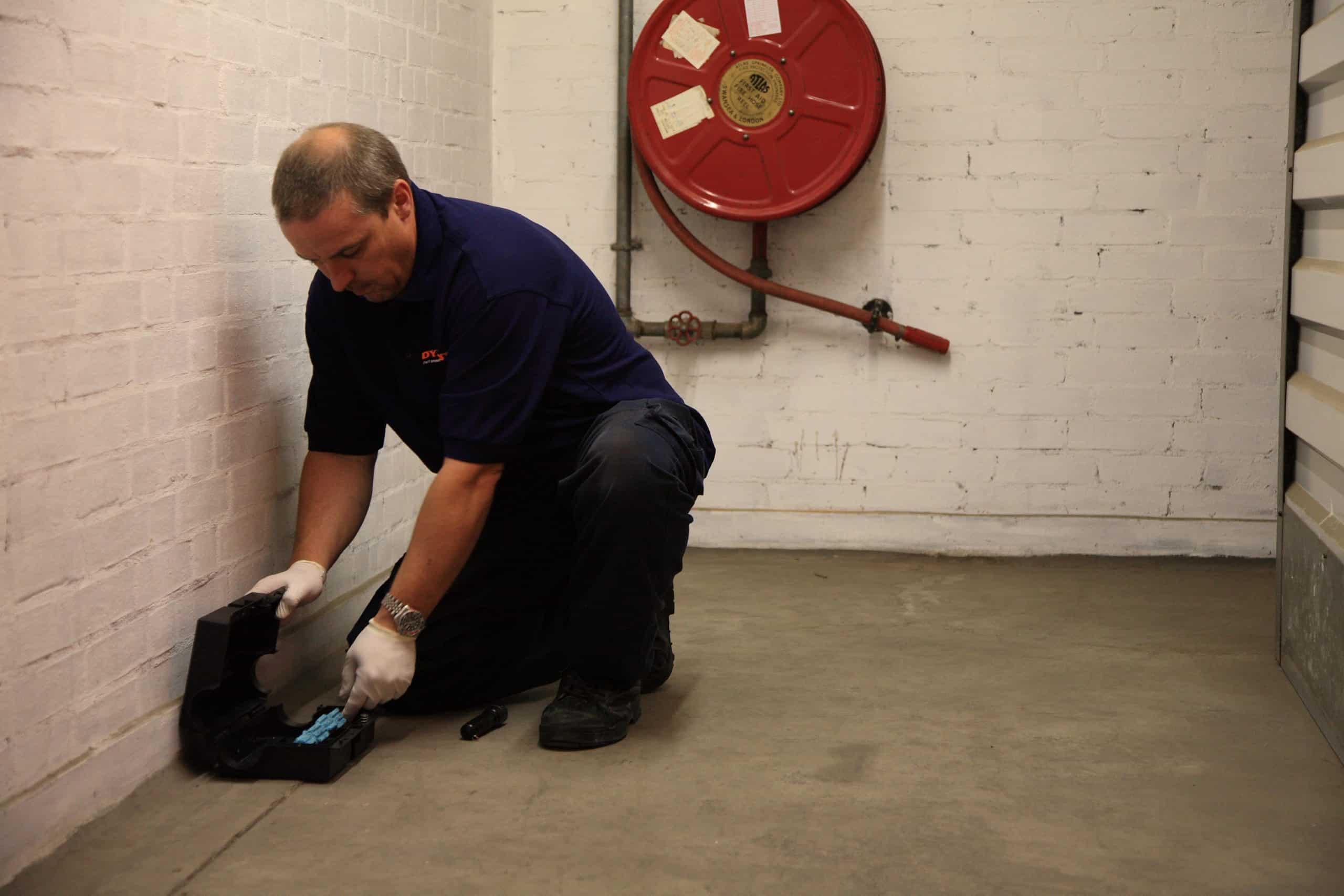LONDON PEST CONTROL AVAILABLE 24/7
LONDON PEST CONTROL AVAILABLE 24/7
When you live in an area frequented by more than its fair share of pigeons it is hard to stop them from ‘invading’ your property and nesting. Keeping pigeons away from your property can help limit the chance of needing to remove pigeons at a later date. So, we hope these tips prove helpful if you are experiencing problems with pigeons. Please do not hesitate to contact us for further advice on how to keep pigeons away.
There can be several reasons for this including:
Pigeons can cause a vast amount of damage to your property. This includes:
Pigeons and seagulls roost overnight creating piles of hazardous unsightly droppings. They move frequently to access food supplies, leaving droppings on window ledges, patios, on the plants in your garden, on garden furniture, even your car. This poses a real health threat to humans too. Three human diseases, histoplasmosis, cryptococcosis, and psittacosis are linked to pigeon droppings.
A fungus that grows in bird droppings and soil causes histoplasmosis, a disease that affects the lungs. As well as being a health hazard, pigeon fouling is excessive and unsightly. It can eat into stonework and metal causing significant damage if not professionally cleaned. And it can contaminate air conditioning units, roof eaves, even water supplies if not identified and dealt with professionally.
When it rains the droppings become slippery posing a hazard for everyone in the home. As if this wasn’t enough droppings can discolour your brickwork, ruin wooden garden furniture and outdoor structures, and stain garden furniture fabric. If you are planning on selling your home, the droppings can seriously ruin its kerb appeal.
Nesting in your roof can compromise its integrity and lead to blocking of downpipes at the highest point causing leaks through the roof, under the eaves, and can enter the walls of your home.
This can cause leaks and mess that attracts other birds, taking advantage of the plentiful nesting material on offer. If left undisturbed the mess will become a breeding ground for flies and other insects.
Pigeons are attracted to balconies and gardens that have food and plentiful areas to nest on offer. Roofs provide pigeons with privacy and quiet. So what are some things you can do to prevent them from settling in these areas?
There is the possibility that your local neighbours could be causing an issue. If they leave food out for birds in either a feeder or on the grass, pigeons will help themselves to these sources, encouraging them to settle nearby. Speak with your neighbours to see if there is an agreement you can come to which prevents pigeons from accessing the food source.
Also, ensuring outside bins and compost bins are not advertising food scraps as pigeons will very quickly be attracted to the area. Ensuring lids to bins are tamper-proof and any food scraps are removed at the earliest opportunity will reduce the possibility pigeons invade your garden.
In the summer months, people tend to spend more time on their balconies or in the garden where food is then consumed. This leads to crumbs and leftovers laying around. Don’t leave tidying up to another day. Pigeons will very quickly find these scraps and remain in the local vicinity.
If you have a leaking pipe or a dripping gutter, which is causing a puddle of water to cultivate, provide birds including pigeons a place to drink and even wash. Repair any issues which are causing these leaks asap.
Once pigeons are settled in your garden, or on the balcony, they will naturally leave a vast amount of faeces around. Their faeces actually attract more pigeons to the area causing an increase in the infestation. Cleaning up any droppings quickly is crucial. A high-pressure spray using an over-the-counter disinfectant should work for your patio. For your balcony, ensure all doors and windows adjacent to it are closed. Ensure pets are kept inside and humans too whilst you are doing this. Also wear a mask and goggles.
Your roof can also be a hotbed for nesting and settling pigeons. Damaged roofs and solar panels provide a safe haven. Ensure any roof damage is repaired and solar panels are proofed to stop them from getting underneath.
Unfortunately, DIY methods which can include installing nets and fixing spikes to ledges do not usually work. This is usually attributed to inexperience on the part of the installer and inferior quality products. However, you can play an important part in reducing your pigeon problem. Concentrate on removing the food sources mentioned earlier because this will reduce the number of pigeons in your garden and on your balcony. If you can remove their sources of food and water and, after several repeat visits this remains so, they are likely to go elsewhere.
Other DIY methods such as scarer models, such as owls, and eyeball wind-activated bird deterrents can work but can often times have a limited impact.
What you’re not able to get rid of, however, are the pigeons nesting in your roof eaves, in your loft space, and on your window ledges. That’s because these pigeons have made these areas their home.
The method(s) we use to remove pigeons without harming them from a homeowner’s property vary based on several factors, the most important one being the extent of the pigeon problem – how long they have been using your home to roost, nest, and find food and, the damage they have caused. Here we provide the most common methods for deterring pigeons.
Netting excludes pigeons from large open areas and is vital in protecting equipment such as air conditioning units and protecting balconies where the pigeon problem is extensive. But it is important that bird netting is professionally installed because pigeons will take advantage of a poorly hung net. Our team is often called upon to repair or replace nets that have been shoddily installed.
Our experts install netting under bridges to prevent pigeons from nesting in the support structure; under eaves; in lofts; around parapets and many other areas as they can be fitted horizontally and vertically. The nets we supply and install come in various mesh sizes to suit the species of problem bird.
We also install the Bird-Scape® netting system. Pigeons will disappear whilst netting is being installed but when in situ; they may reappear trapped behind the net. This system enables them to safely escape from the netting. Pigeons will fly out through the Bird-Scape but cannot get back in.
Fitted properly netting will keep out even the most persistent birds and will last for many years.
While it can be used on almost any building, a sprung wire system is the proofing of choice for ornate homes because it is more discreet than netting. The stainless-steel wire is tensioned on springs so that pigeons attempting to land are pushed off. Wires are a cost-effective method of bird proofing as they are long-lasting. Minor damage is inexpensive and straightforward to repair.
Bird spikes are effective in deterring pigeons and are commonly used on parapet walls, ledges, rooflines, windowsills, and other narrow surfaces that pigeons land on. You will need to install different grades and sizes of spikes, the choice of which will depend on the extent of your nuisance bird problem and the aesthetics of your building.
Fire Gel is a humane and highly effective pigeon treatment.
Extensively tested worldwide Fire Gel has been approved by the RSPB and the Health and Safety Executive. It’s invaluable in situations where it’s not possible to use traditional bird spikes and netting. For example, when health and safety legislation would be contravened, or the aesthetics of the building require a more subtle treatment regime.
When professionally applied by a specialist each treatment lasts for over 2 years before it needs replacing. It is waterproof and will withstand any temperature without deterioration. The product appears as an orange gel to humans but to pigeons that see ultraviolet light, it resembles flames and so deters them from landing on their favourite buildings.
The non-toxic combination of herbal oils within the product makes it abhorrent to a bird’s sense of smell and taste. It produces a stinging sensation (comparable to stinging nettles on humans) causing only minor discomfort until the effects wear off.
The active ingredients are food-grade natural oils making them safe to use around food manufacturing plants or anywhere biocides might cause problems. It can be used on sills, roofs, ledges – most parts of your home.
Electrified shock track systems are another discreet ledge and rooftop system. They are an alternative to bird spikes and are effective in deterring all species of birds.
Roosting pigeons and other nuisance birds often come back to the same area even after an intensive clean. A bird of prey released at random intervals, combined with other treatments can ensure that your premises remain free of nuisance birds.
These are audio systems that mimic the nuisance bird in distress so that the flock is under the impression that a predator has caught one of them. They can also mimic the sound of a predator and will scare the pest birds into flight. The systems we use are considerate of the environment because they are played at a natural volume.
Prevention is a great tool that is available to you to reduce the possibility of a pigeon infestation. There are many DIY methods although sometimes this may not be enough and professional pigeon removal may be needed. Nevertheless, it is certainly worth attempting.





